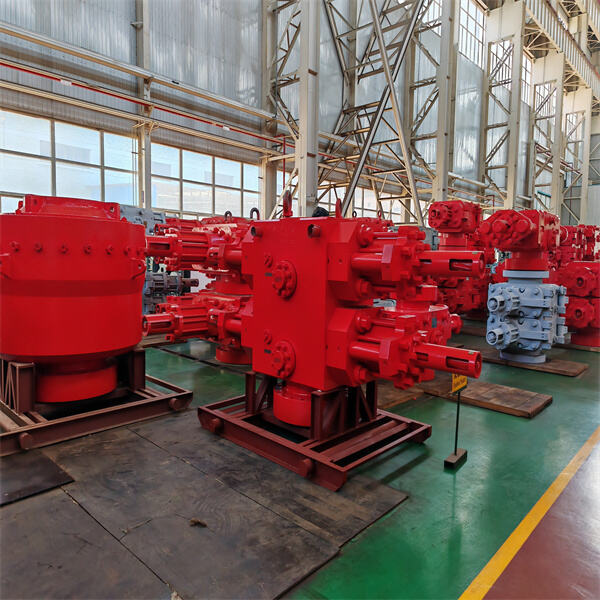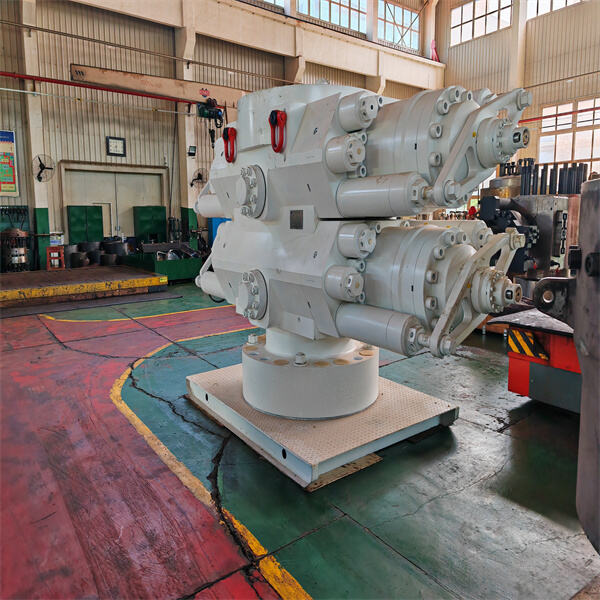Annular preventers are critical for safety for the purposes of oil drilling. They plug leaks in wells to prevent blowouts, which can be hazardous. Here’s a closer look at the way annular blowout preventers operate, and why they’re crucial to maintaining safety.
Blowouts can occur when too much pressure builds up in a well, allowing oil or gas to escape. This can cause fires, explosions, and environmental harm. Annular preventers work to stop blowouts by closing on the top of the well. This is a seal that can hold high pressure and keep oil and gas in the right places.
They are sealed at the top of the well by an annular preventer, which looks like a donut made of rubber or metal. In high pressure, the annular preventer can crush the seal against the side of the well, forming a tight barrier. This prevents any unwanted liquids from seeping out and creating a blowout.

Annular Preventers There are various types of annular preventer. Some are operated by hydraulic pressure, some by air pressure, some require human hands to close. There are different circumstances where each type works well depending on the requirements of your drilling.

Annular preventers are essential to well control, the process of making sure drilling doesn’t become unsafe and inefficient. By closing the well, annular preventers let workers maintain pressure within the well and avert an oil blowout. They are critical for helping to ensure that drilling proceeds smoothly and safely.

Annular preventers, to stay in good working order, must be cared for. This entails looking them over, testing them and repairing them when necessary. Don't be idle Drilling, safe and sound, goes on.” Proper maintenence is vital both for accident prevention and for protecting the environment.